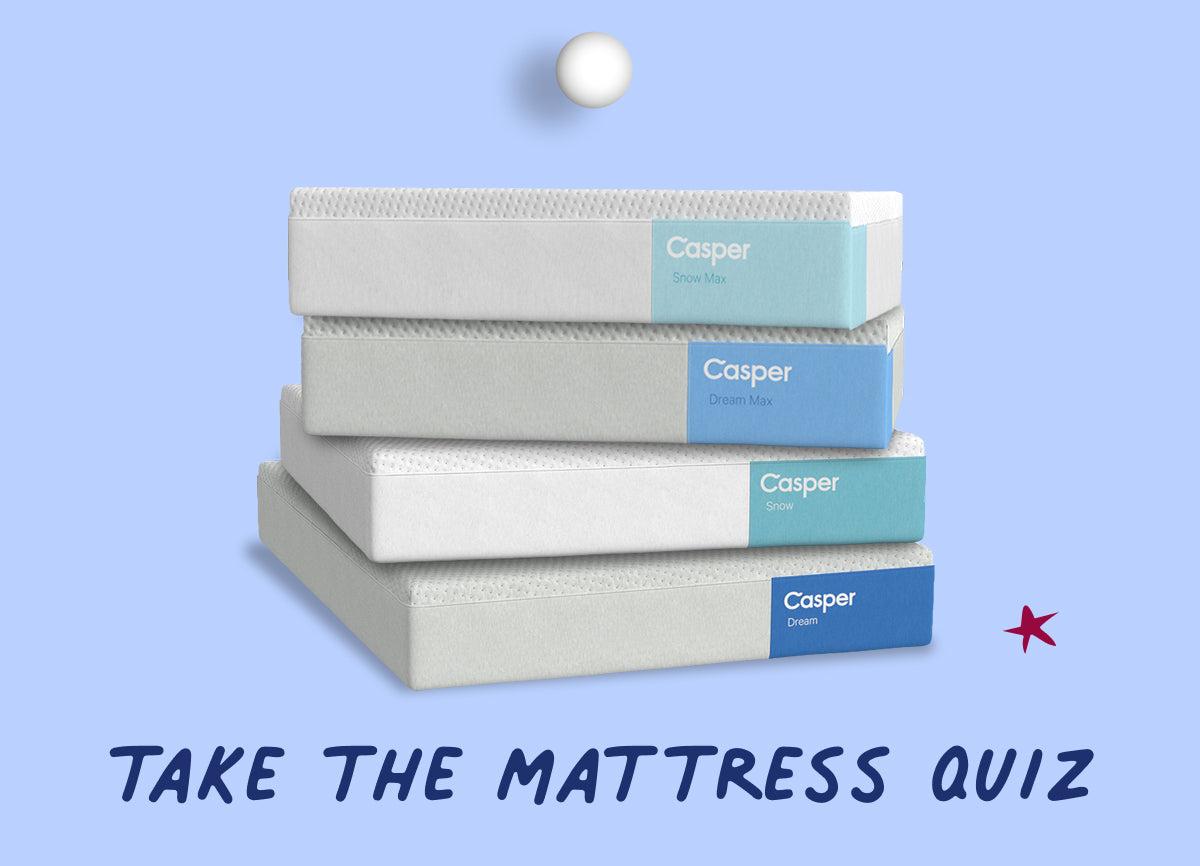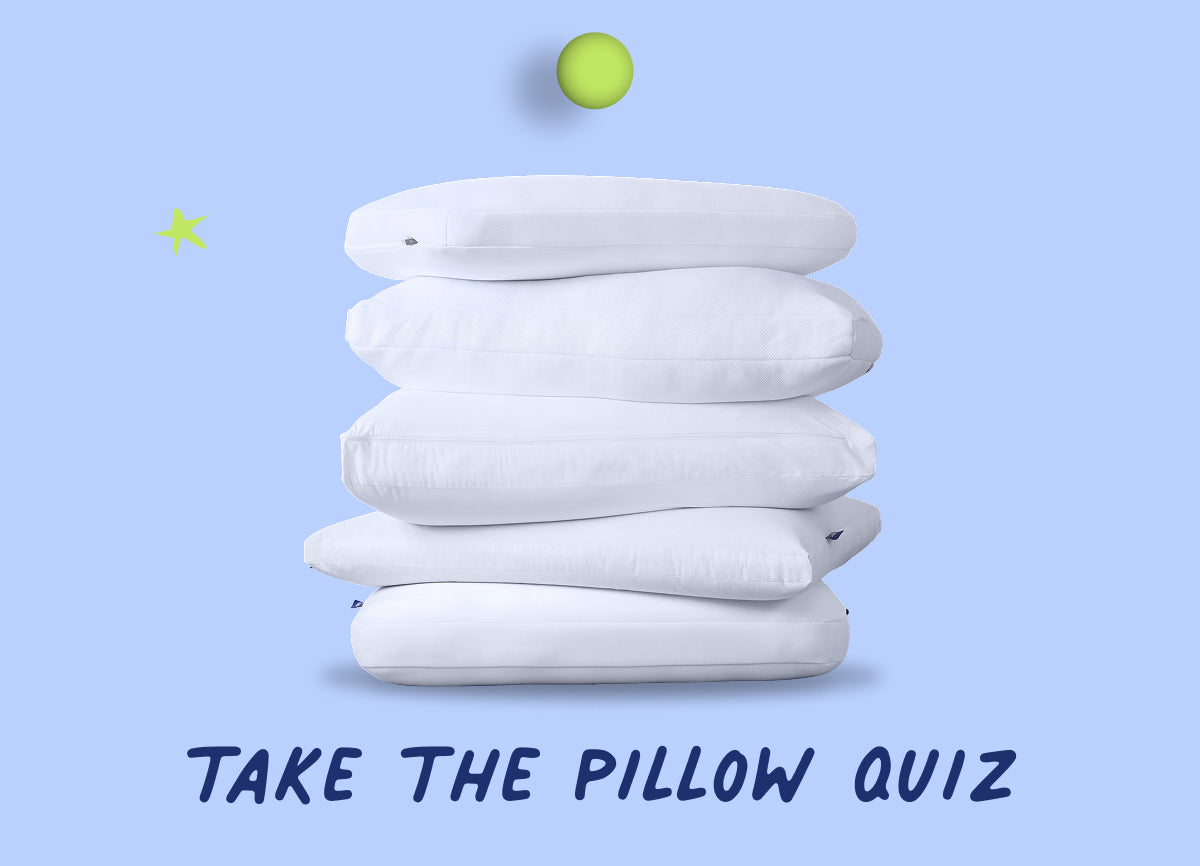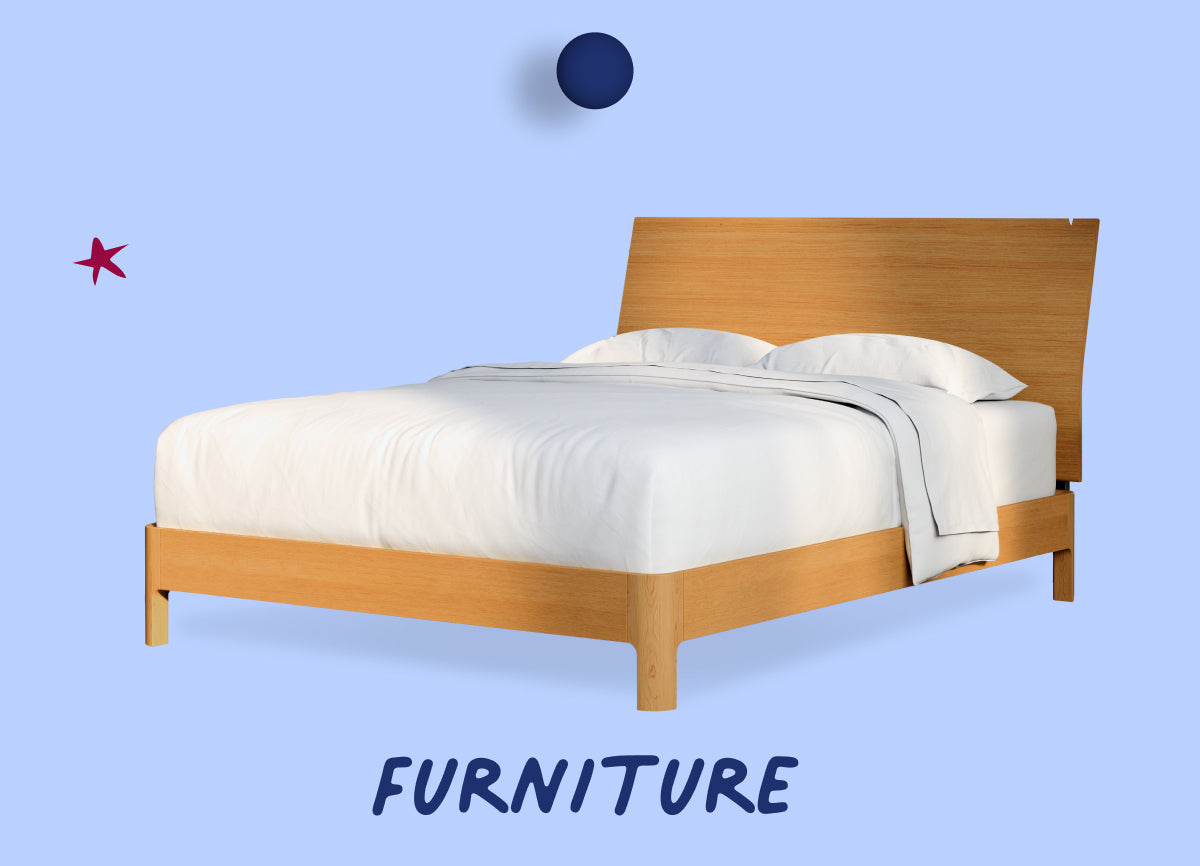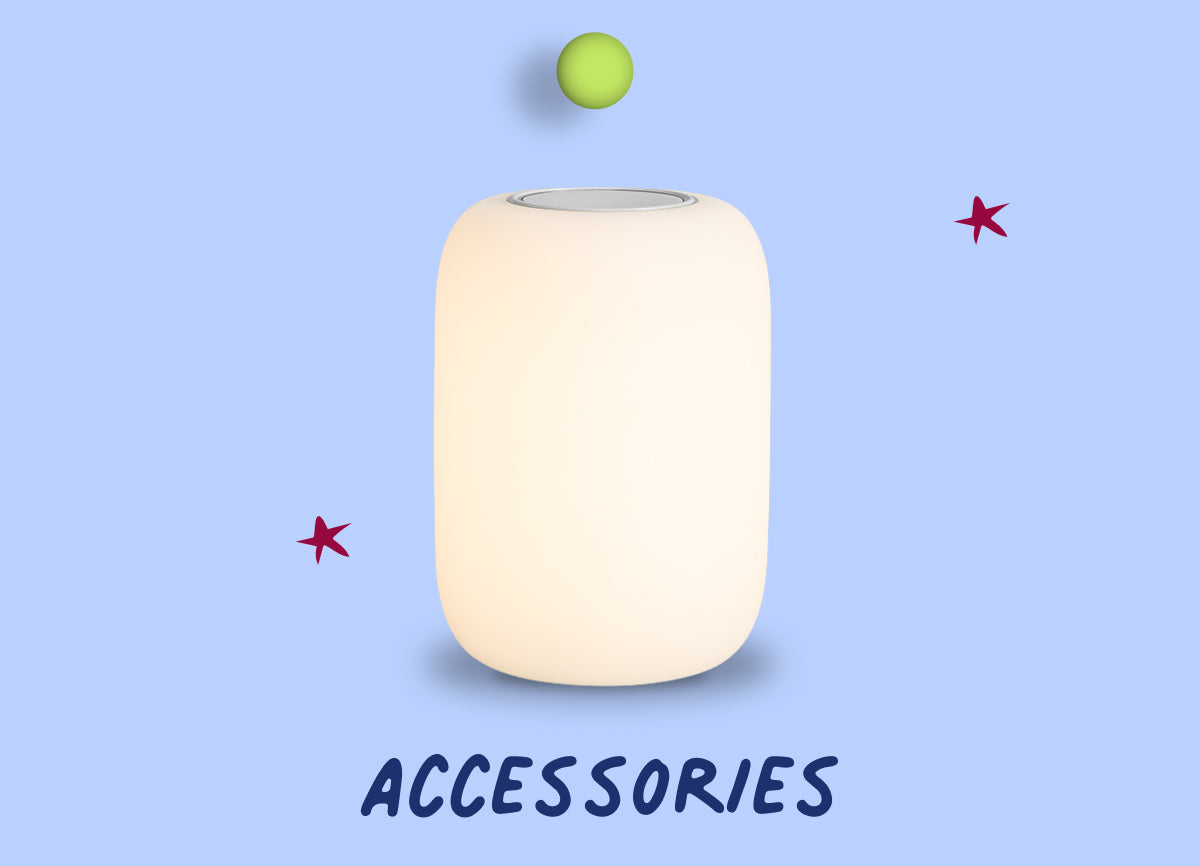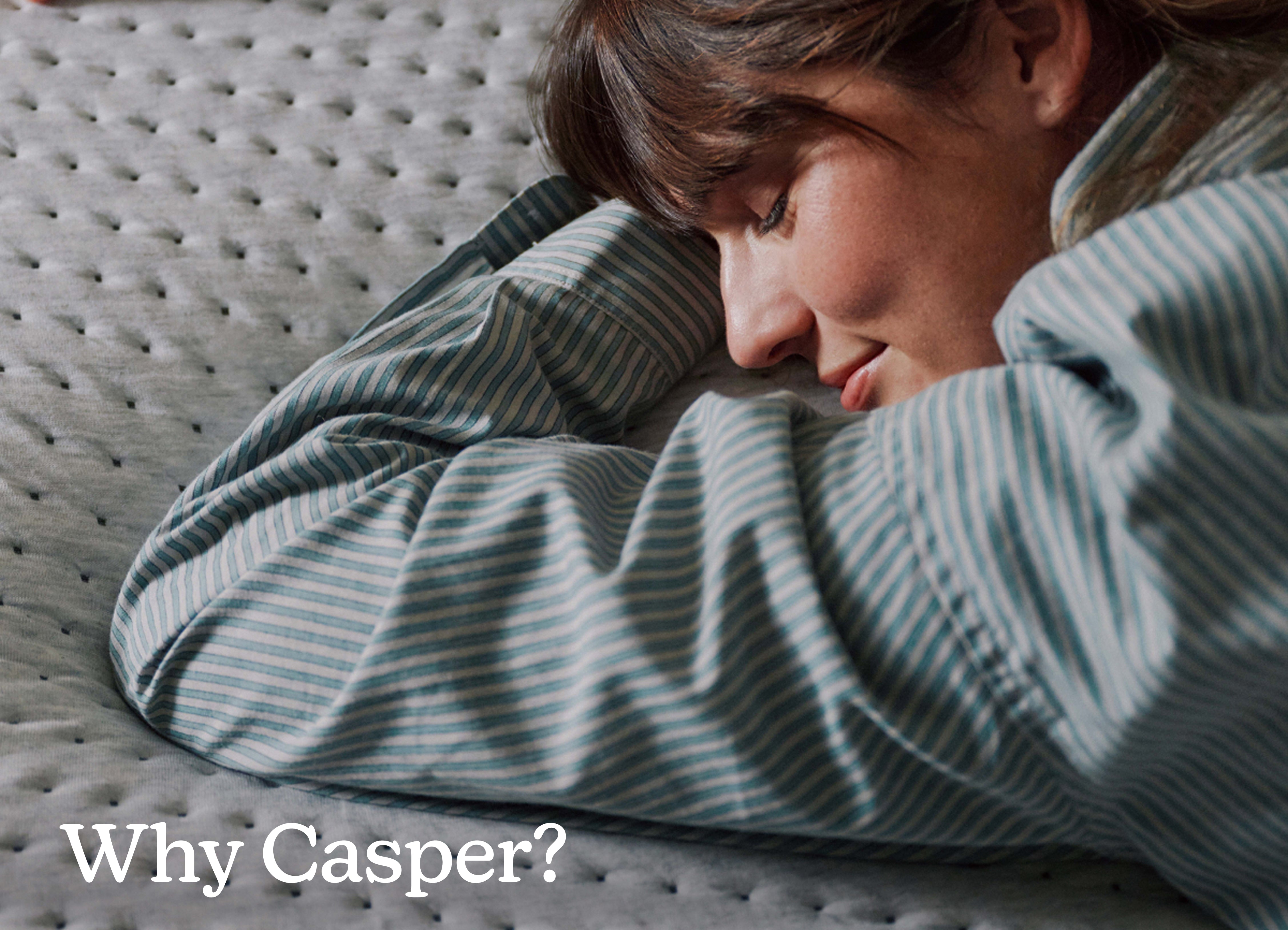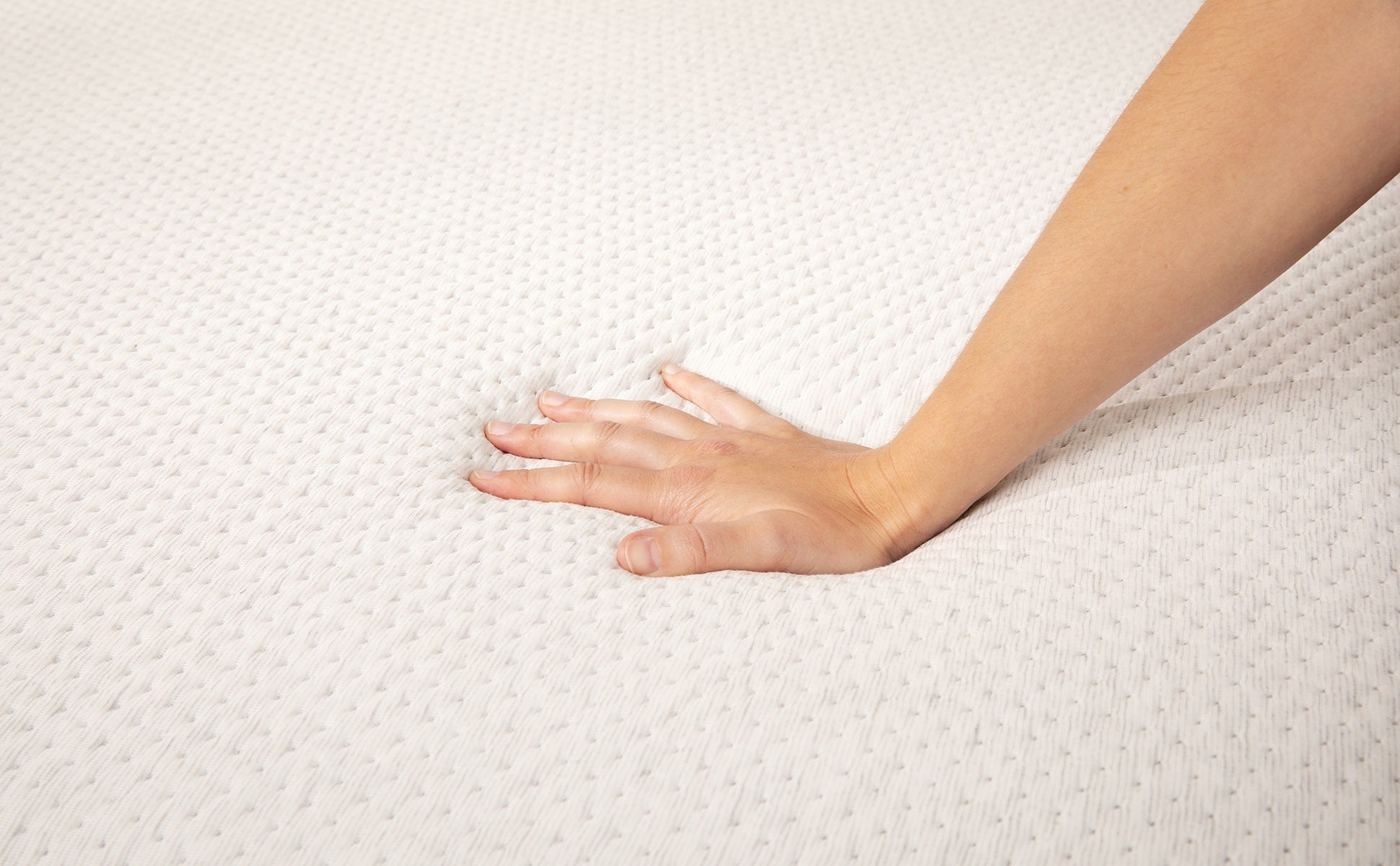A Casper mattress typically lasts seven to 10 years. Exactly how long yours lasts will depend on the model, how it's used, and whether you keep up with cleaning and maintenance.
If you own a Casper mattress or are thinking about buying one, you might wonder about its lifespan and how long it should hold up before needing to be replaced.
So, how long does a Casper mattress last? In general, Casper mattresses last seven to 10 years. But the longevity of your mattress depends on usage (how many bodies sleep on it and how often) as well as how well it's maintained.
Get tips for making your mattress last as long as possible, plus what to avoid if you want to get the most out of your Casper model.
How to Make Your Casper Mattress Last Longer
Here's what to do to help your Casper mattress last longer.
1. Rotate Your Mattress Every 3 to 6 Months
Rotating your mattress regularly (about every three to six months) can help even out the wear and tear and prevent it from sagging on one side. This can be particularly important if you sleep with a partner who has a different body weight than you.3
You should not flip your Casper mattress. Each time you rotate it, just turn it 180 degrees so the head is where the foot was and vice versa.

2. Use a Mattress Protector
Consider getting a mattress protector to safeguard the materials and internal layers from spilled liquids, sweat, body oils, dust mites, pet dander, and other allergens. A water-repellent cover that's still breathable is ideal.
3. Clean Your Bed Routinely
This should go without saying, but wash your bedding (including your bed sheets, pillowcases, and duvets) weekly. Once a month or so, vacuum your mattress to remove dust, and spot-clean stains with mild detergent or upholstery cleaner as needed.
4. Air Out Your Mattress
Airing out your mattress every few months can help prevent moisture buildup and keep the materials smelling fresh. Strip the sheets, remove the mattress protector, and open a window for several hours before remaking your bed to allow for fresh air exposure.
5. Ensure Your Mattress Has Proper Support
Your mattress should be placed on a proper base to keep the center and edges supported and prevent sagging or damage.2 We recommend a sturdy foundation or bed frame with solid wooden or metal slats as a good choice. Do not use a traditional box spring, as our mattresses are incompatible with them, and using one will not only damage your mattress but also void your warranty.
6. Keep Your Bedroom Climate-Controlled
Another thing that can help prevent mold, odors, and material degradation is keeping your bedroom climate-controlled. This means setting the thermostat to a moderate temperature (not too hot or cold) and maintaining a humidity level between 30 to 50%. A humidifier can help during cold, dry winter days, and a dehumidifier can be useful on hot, muggy summer nights.

What NOT to Do
Here's what to avoid if you want your mattress to last as long as possible.
Don't Flip Your Casper Mattress
Again, don't flip your mattress. Casper mattresses are one-sided, meaning the top surface is different from the bottom. But you can rotate it 180 degrees every few months.
Don't Soak or Steam-Clean
Saturating your mattress with water, a foam cleaning solution, or moisture from a steamer can damage the materials, cause odors, or result in mold or mildew growth. Instead, spot-clean the surface with a small amount of mild detergent, then let it air-dry completely before making the bed.
Learn more about how to clean a mattress in our blog.
Don't Use Bleach, Solvents, or Harsh Chemicals
Harsh chemical cleaners like chlorine bleach, enzyme sprays, and strong solvents can break down the foams and fabrics on a mattress.3 Stick to gentle cleaners, and only use a small amount.
Don't Remove or Machine-Wash the Non-Removable Cover
Casper mattress covers aren't meant to be removed, let alone machine-washed. Don't try to take off the fabric exterior. Just vacuum the surface monthly, air out your mattress regularly, and spot-clean as needed.
Don't Block Airflow
Mattress protectors that lack breathability, like a plastic cover, can trap moisture and cause odors or mold growth.4 The same can happen if you store your mattress in a plastic tarp or bag. For daily stain protection and long-term storage, always use a breathable cover designed to keep dust and moisture out.
Don't Use an Incompatible Base
As mentioned, the wrong base can affect a mattress's lifespan by contributing to premature sagging. Skip the old box spring or creaky bed frame and instead go with a foundation with firm slats or solid, flat support in the center.5
Don't Expose to Excess Heat
High temperatures can soften, melt, or otherwise damage mattress foams. Keep your bed at least a few feet away from space heaters, and don't expose it to direct heat, like an iron. If you sleep with a heating pad or electric blanket, use the lowest settings, and follow the product's safety guidelines.

Don't Jump or Stand on the Mattress
Too much weight, jolted pressure, or sharp bends can put stress on the foam, springs, and edges of a mattress. Don't stand or jump on the surface. When moving your mattress, recruit a buddy so you can lift from both sides and avoid bending it.
Don't Ignore Spills or Humidity Problems
Spills should be blotted up right away, spot-cleaned if needed, and dried thoroughly before putting sheets and other bedding on your mattress. In hot, muggy climates, use air conditioning or a dehumidifier to reduce moisture in the air.
Don't Let Pets Claw or Chew the Surface
A mattress protector or designated throw blanket can help keep your pet's claws from digging into the surface. Chewing can also be an issue, so train your fur baby to stay off the bed if needed to avoid snags and punctures.
Shop Casper Mattresses, Bed Frames, and Bedding
Many people use mattresses well beyond their lifespans. Using one past its expiration date can mean less support and diminished sleep quality.6
If you're in the market for a new one, explore the high-quality mattresses from Casper. Backed by a 10-year limited warranty, each model is thoughtfully designed with responsive layers, a supportive core, and full-body contouring to keep your spine aligned.
Sources:
- Applied Sciences. Investigating the Impact of Long-Term Use on Mattress Firmness and Sleep Quality—Preliminary Results. https://www.mdpi.com/2076-3417/14/21/10016
- International Sleep Products Association (ISPA). Mattress Age Study. https://sleepproducts.org/2023/10/mattress-age-study/
- Annals of the University of Oradea, Fascicle of Textiles. An Investigation About Behavior on the Wear Performance of Mattress Fabrics. https://journals.indexcopernicus.com/search/article?articleId=2369834
- MATEC Web of Conferences. An experimental study on the improvement of functionality of knitted composite for mattress. https://www.researchgate.net/publication/335332817_An_experimental_study_on_the_improvement_of_functionality_of_knitted_composite_for_mattress
- Journal of Manipulative and Physiological Therapeutics. Mattress Coil Spring Fatigue and Weight-Bearing Support: Comparison of Weight-Bearing and Non–Weight-Bearing Springs. https://www.sciencedirect.com/science/article/abs/pii/S0161475422001166
- Frontiers in Sleep. A Nationally Representative Survey Assessing Restorative Sleep in US Adults. https://pubmed.ncbi.nlm.nih.gov/36042946/

